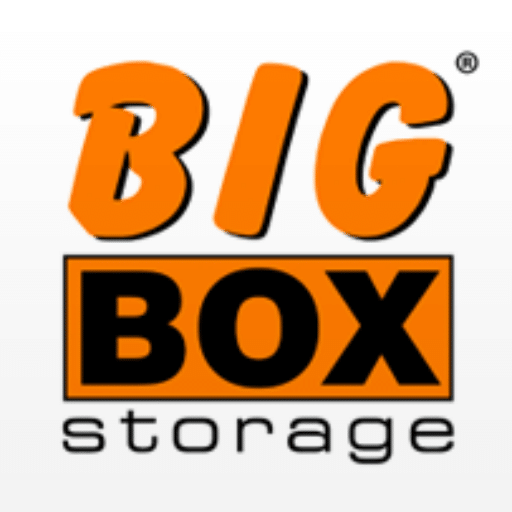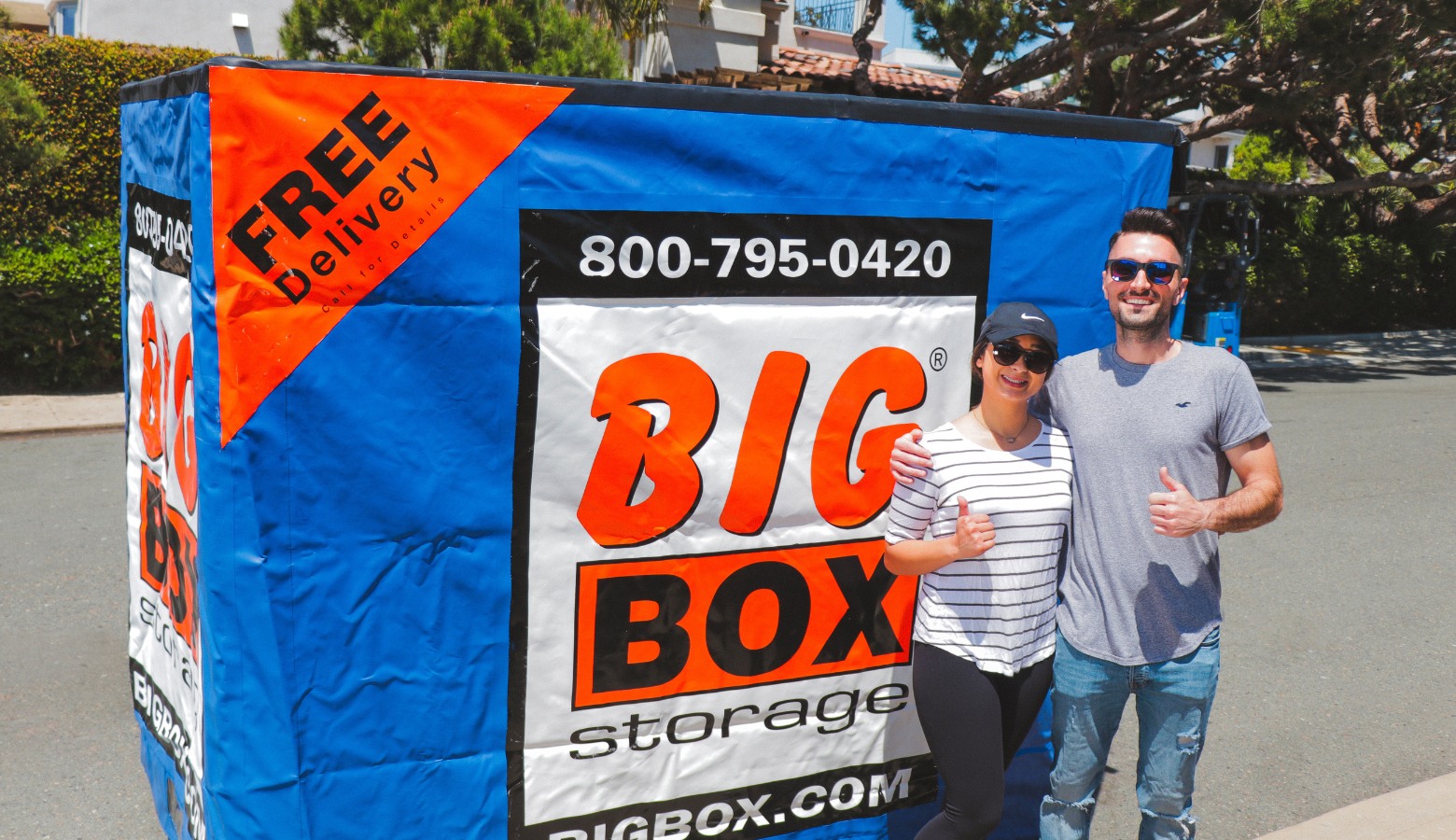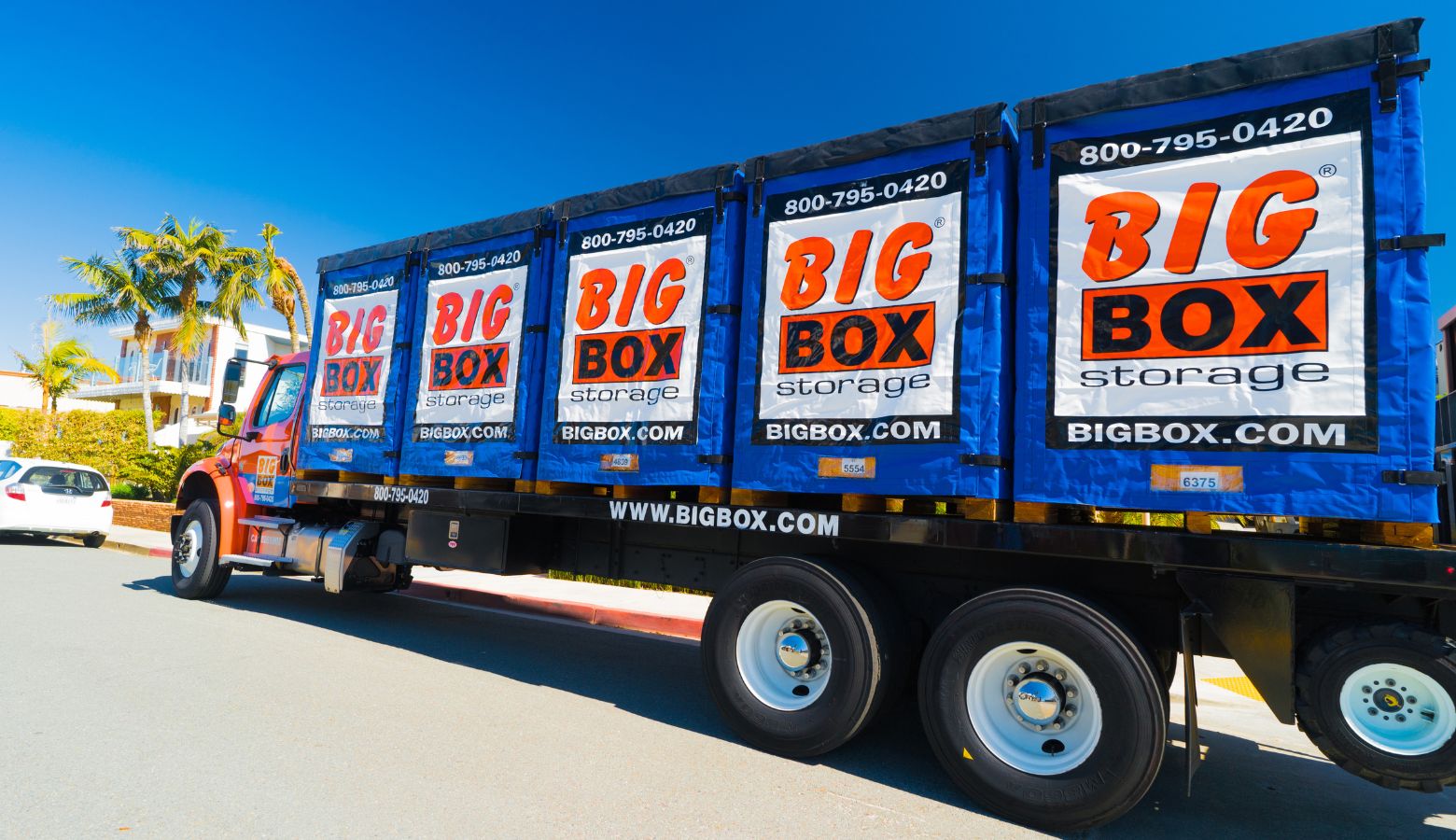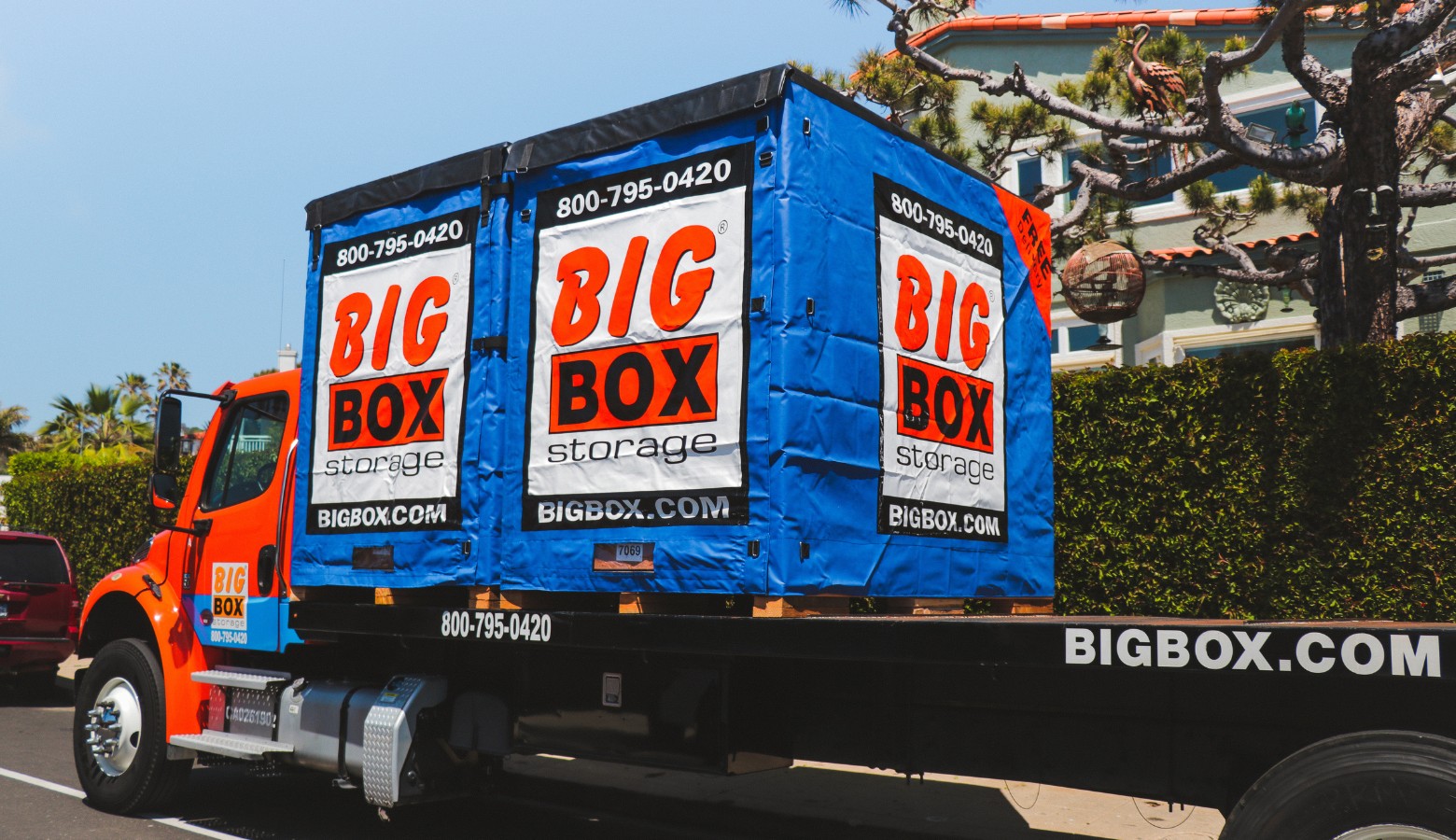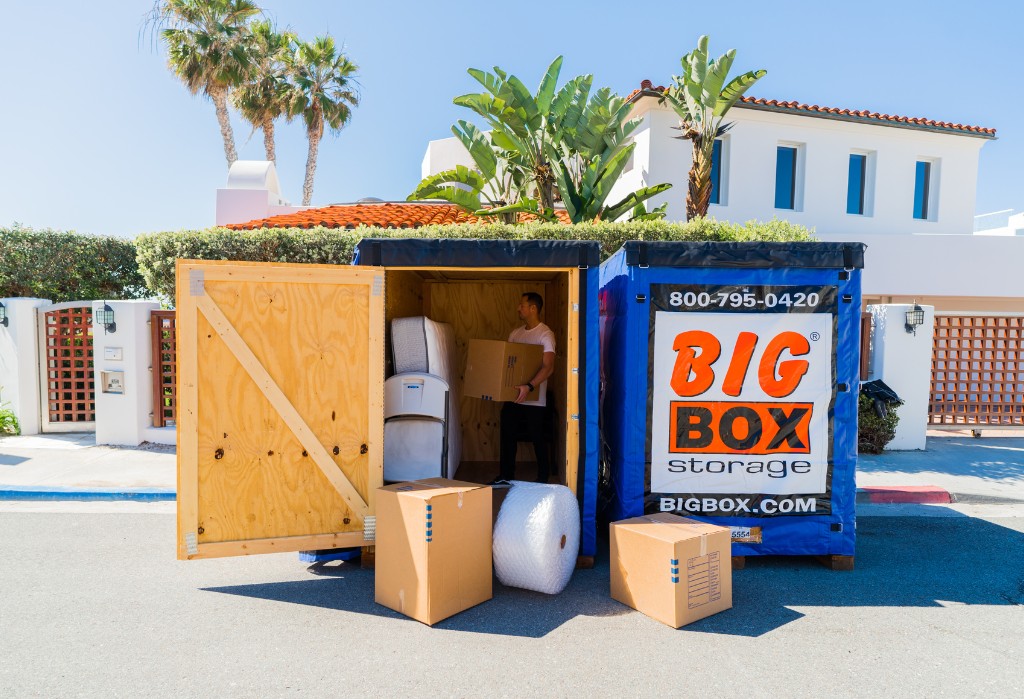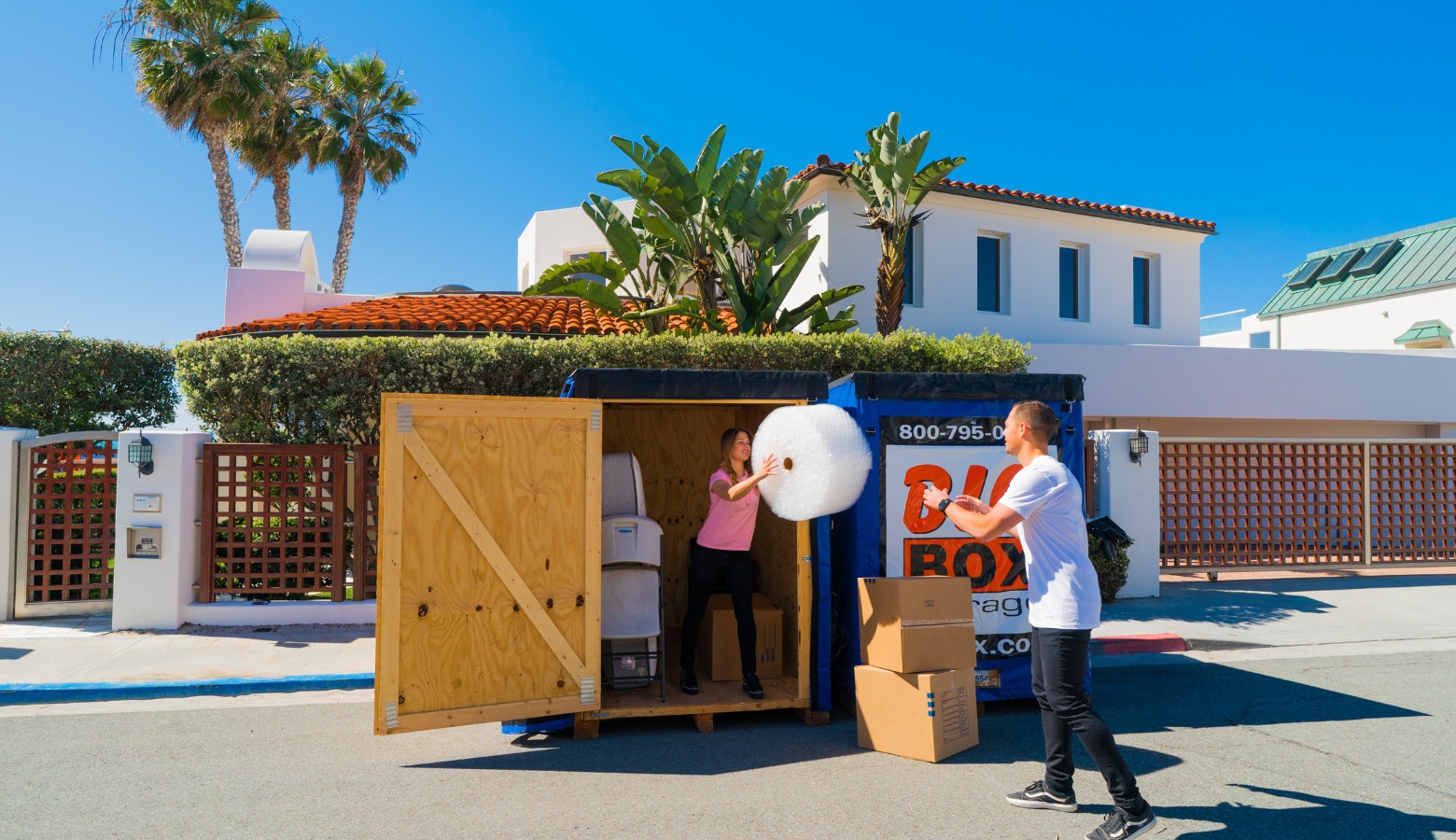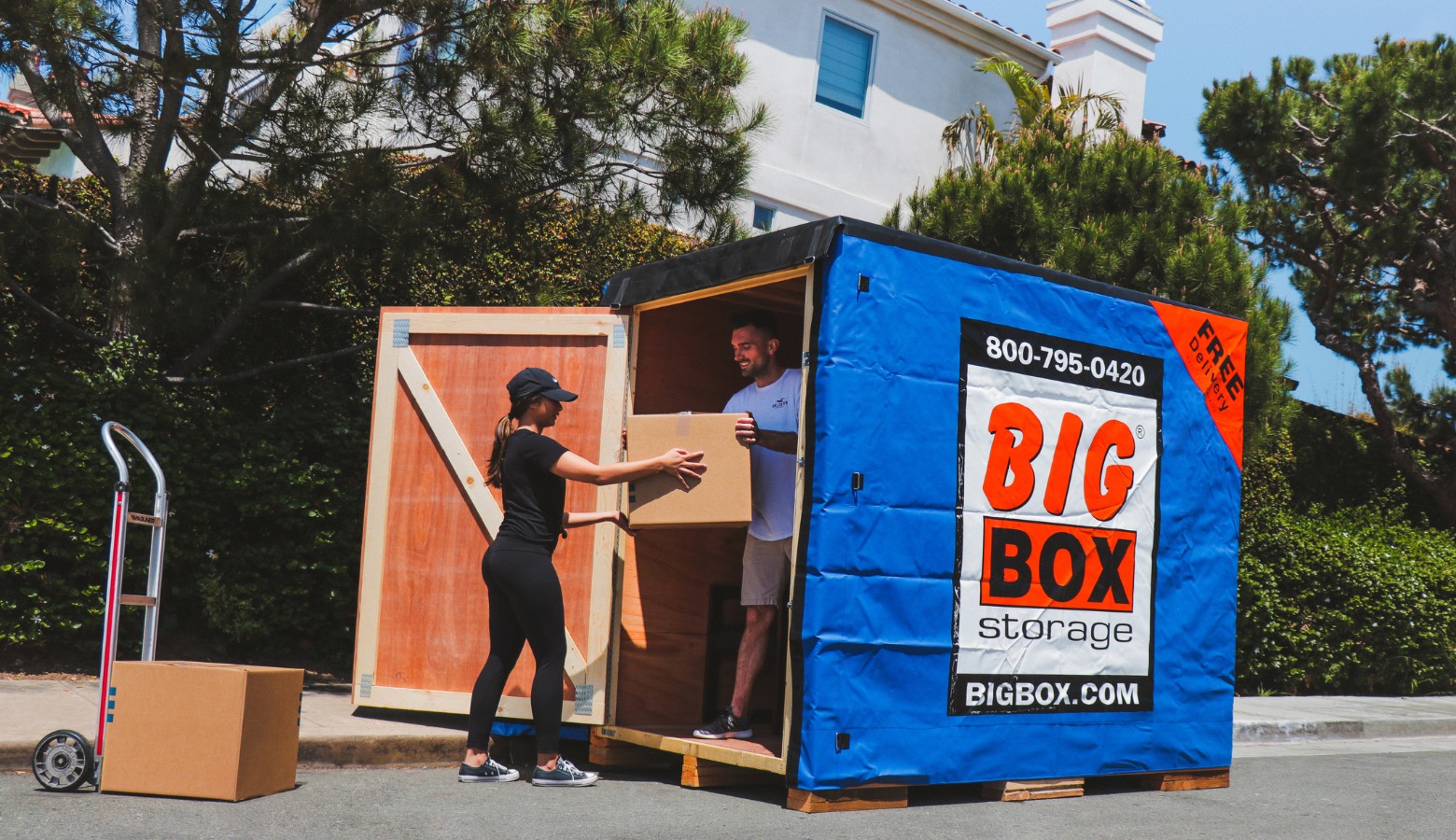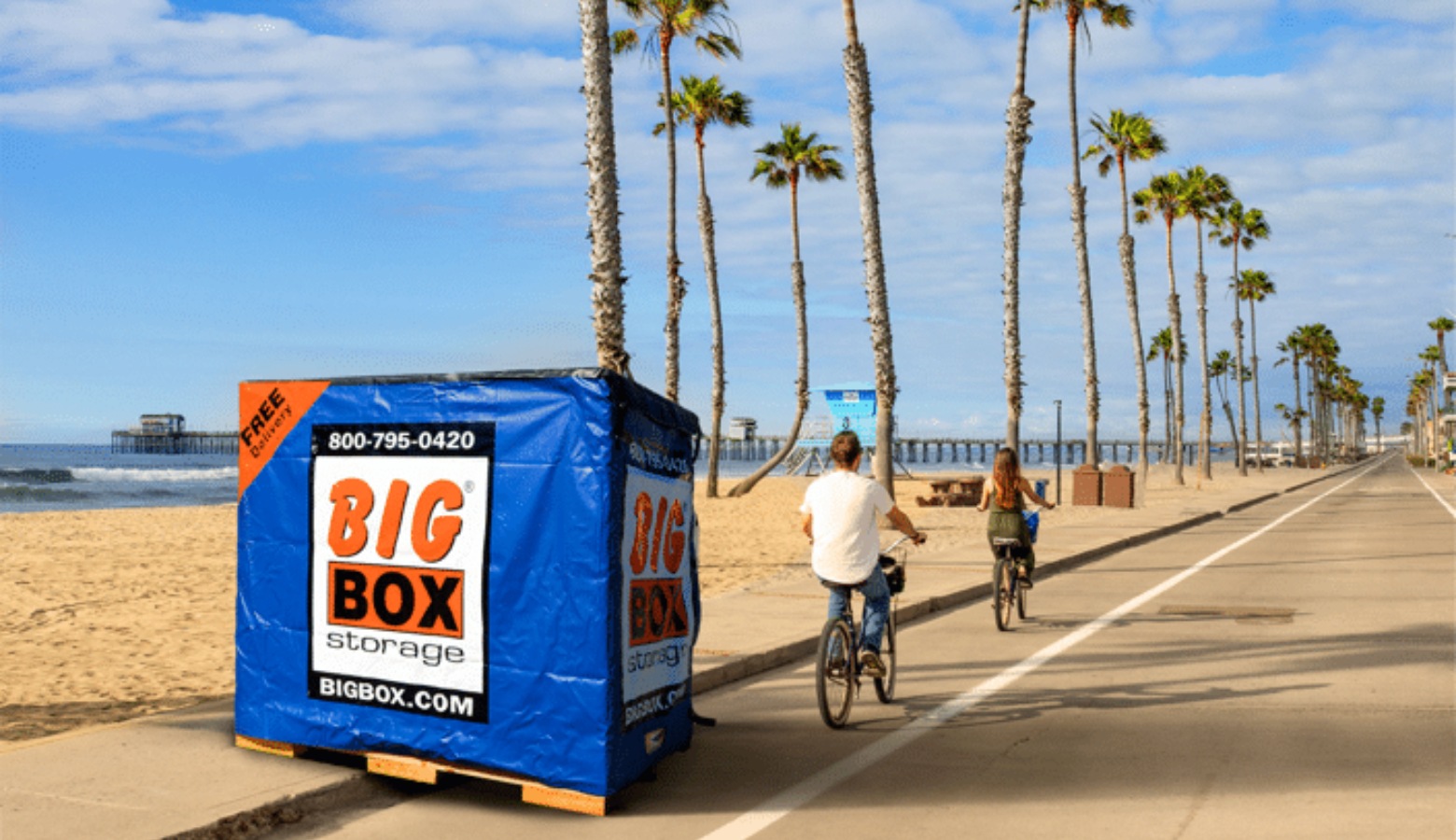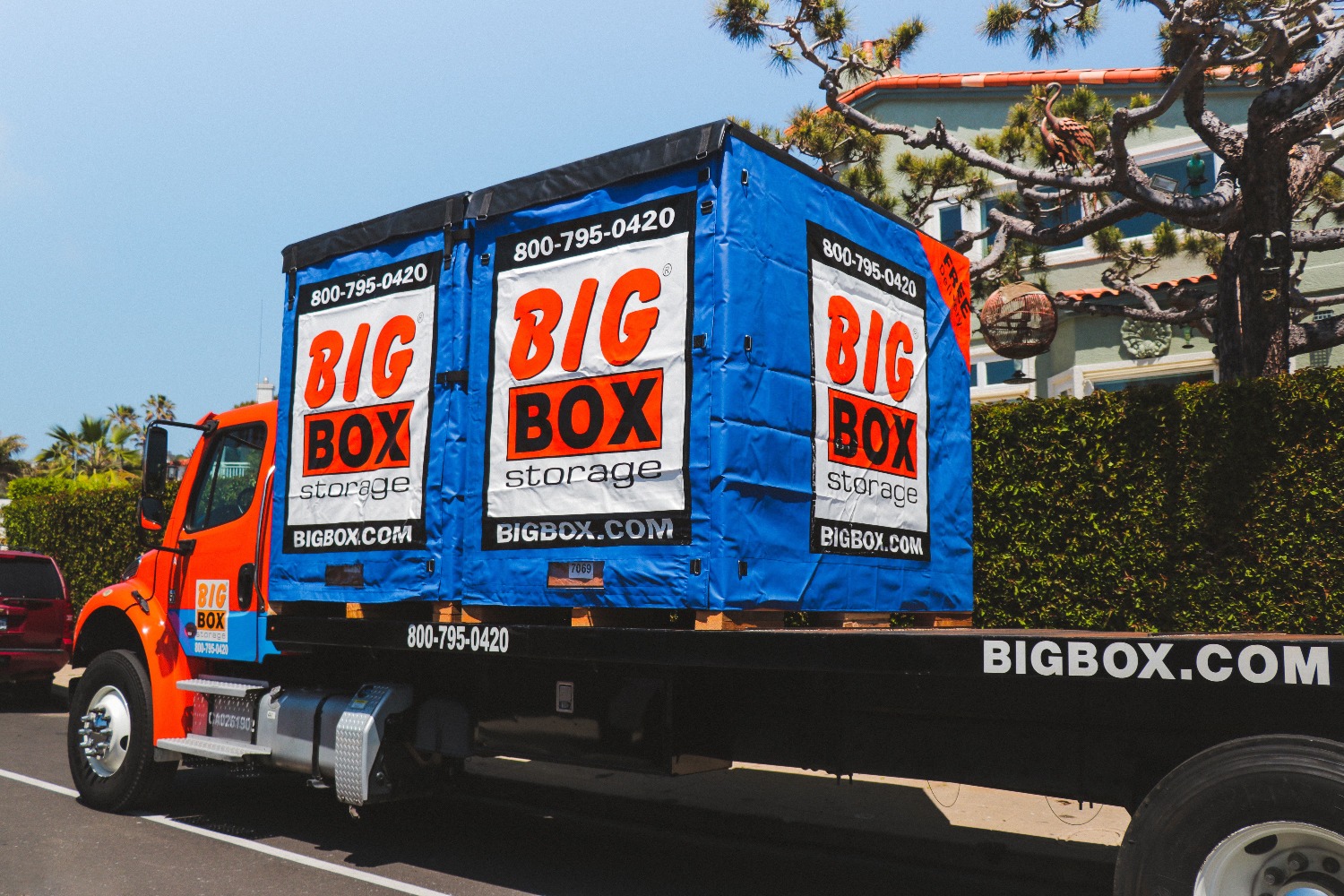Being a student is challenging enough, but navigating college life during a pandemic presents a whole new set of obstacles. Many institutions, like NYU Tisch, have faced criticism for their handling of the situation, including a lack of refunds for canceled classes. Meanwhile, others have swiftly transitioned to online learning, utilizing platforms like Zoom and Skype to keep students engaged.
In the San Diego area, universities have largely moved to digital operations, hoping to minimize disruptions and return to normalcy as soon as possible. Students were sent home with little notice, leaving many out-of-state learners scrambling for solutions. Off-campus housing options were limited, making it difficult for some to find a place to stay.
We had the opportunity to speak with Adrian, a student at the University of San Diego (USD), who shared his firsthand experiences during this unprecedented time.
Interview with Adrian
Big Box Storage: Hi Adrian! Thank you for taking the time to chat with us about your experience as a student in San Diego during the pandemic.
Adrian: No problem! I have more time on my hands these days, so it’s great to help out.
Big Box Storage: Has adapting to life off-campus been a challenge for you?
Adrian: Not exactly. I joked with some friends that we’ve been through so much—terrorist attacks, school shootings, a recession, and even toxic dating apps. If anyone can handle a pandemic, it’s us!
Big Box Storage: I hope that includes social distancing and plenty of handwashing!
Adrian: Absolutely! I’m definitely not one of those springbreakers in Florida. I’m staying at my parents’ house in Point Loma, hanging out with my cat and my energetic cocker spaniel while doing TikTok videos and “studying.”
Big Box Storage: Were you living on campus before the pandemic?
Adrian: Yes, I was sharing a dorm with another girl. I loved the experience—dorm life, campus food, and making new friends. It felt great to have some independence.
Big Box Storage: When you were told to vacate the campus, what went through your mind? Did USD provide any storage options for students?
Adrian: Honestly, at first, it felt like everyone was overreacting. But getting the notice to leave made it all feel very real. I thought, “Wow, this might be more serious than I thought.”
Big Box Storage: Many of us shared that sentiment.
Adrian: Right? I called my dad and asked him to bring the truck to pick me up. He and my mom came to help load everything up, and now my stuff is piled in my old room.
Big Box Storage: Were your friends able to get their belongings?
Adrian: Not everyone. My roommate couldn’t take everything in time; she’s from Colorado and could only bring what she could carry on the plane. She had to leave behind her lamp, fridge, and printer. I don’t think she’ll be able to retrieve them since they said they would clear the rooms. I didn’t hear anything about storage services being offered by the school during that time.
Big Box Storage: It sounds like she became a refugee overnight.
Adrian: Yeah, but I talked to her recently, and she made it home safely, so that’s what really matters.
Big Box Storage: What has your experience been as a digital student?
Adrian: Honestly, I don’t like it as much as I thought I would. I need structure, and it’s tough to hold myself accountable. I miss my friends and, surprisingly, even my teachers!
Big Box Storage: How is USD handling the transition to online classes?
Adrian: Classes are okay. You log in, complete assignments, and take tests, just like in regular classes—except now it’s all online. The school is doing a good job managing the transition. They had to relocate 2,600 students on short notice, and the residential life and health teams worked hard to make it seamless. They’ve increased maintenance and cleaning staff hours to keep things sanitized, and they even have virtual mass on Sundays via Instagram to maintain a sense of community. Plus, I heard about the Toreros Together Emergency Fund, which helps provide resources for housing and food needs.
Big Box Storage: It’s great to hear there’s a support network in place for students.
Adrian: Absolutely! I’m proud to be a part of such a caring school.
Big Box Storage: Thank you for sharing your insights today, Adrian. It’s been enlightening to hear how students are coping with the pandemic in San Diego.
Adrian: No problem! Thanks for having me!
Big Box Storage: Supporting Students in Need
In response to the challenges faced by students, Big Box Storage has stepped up to offer support. Any student enrolled in a San Diego higher education institution who has been displaced from student housing due to COVID-19 will receive their first month of storage free, along with free initial delivery and pickup.
Big Box Storage provides portable storage units delivered right to your door. Each unit measures 8 feet deep, 5 feet wide, and 7 feet tall, typically holding about one room of household goods. We recommend ordering more units than you think you’ll need—you only pay for the Big Boxes you actually use. For example, if you have a two-bedroom house, ordering three Big Boxes allows you to pack efficiently and only pay for what you fill.
Once your items are loaded, we’ll pick up the Big Boxes and take them to our secure, centrally located warehouse. You can access your belongings seven days a week with just a two-hour notice during access hours, and there’s no charge for accessing your items.
Affordable Storage Solutions
No other portable storage company in San Diego offers better service than Big Box Storage. If you need affordable, reliable storage, call us today to set up your reservation.
Please share this information with any students in the San Diego area who may need emergency storage solutions!
